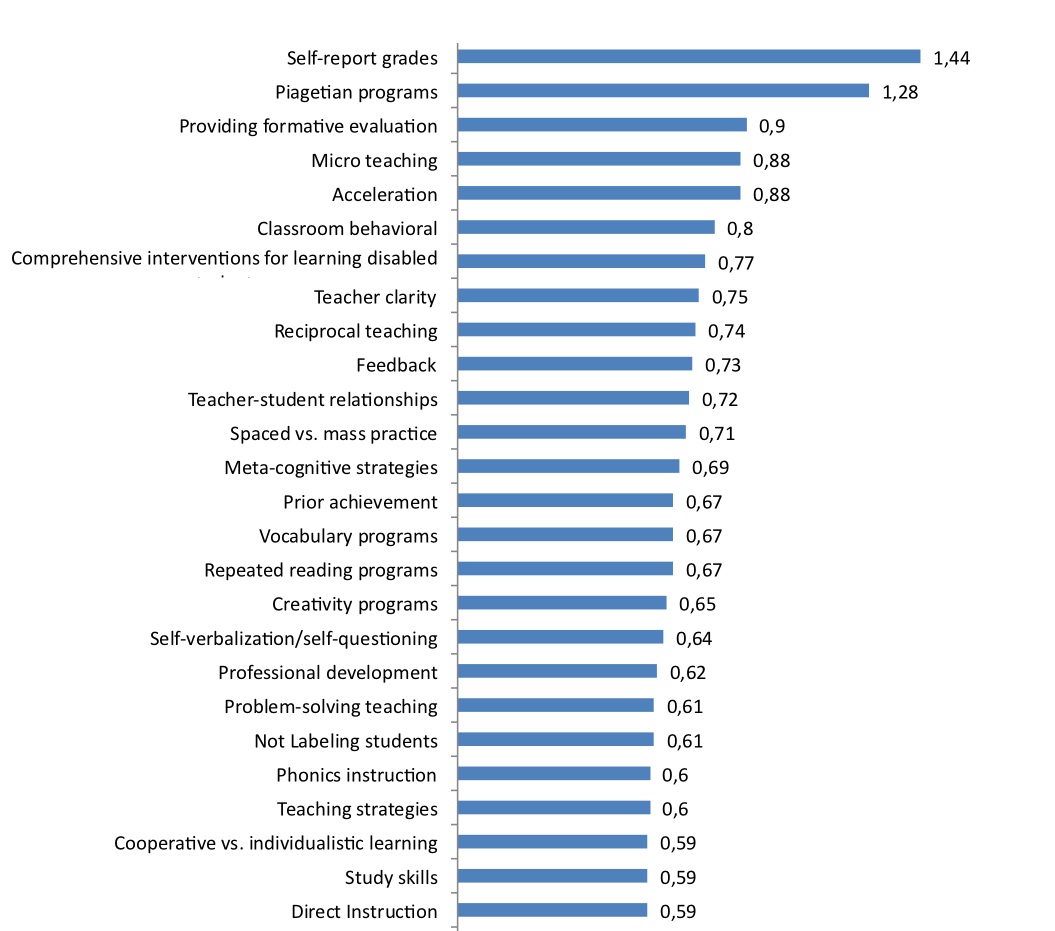
Crafting learning intentions and success criteria. The authors suggest five practices that, if used consistently and accurately, will result in greater teacher clarity and the ability of students, over time, to self-manage their learning. With a foreword written by John Hattie, the book is perfectly aligned with the professional learning we’ve facilitated over the years, from Ron Berger’s Leaders of Their Own Learning to Antonetti and Stice’s Powerful Task Design.īest of all, what really grabbed my attention in the book is the emphasis on the use of success criteria, accompanied by countless authentic examples from real classrooms at every grade level. If you are interested in learning more about using clarity in your classroom or across your school and district, I have a book for you: Clarity for Learning: Five Essential Practices That Empower Students and Teachers, by John Almarode and Kara Vandas. It’s also about helping students gauge their own progress through the use of success criteria and intentional and deliberate feedback. 
Teacher clarity is more than simply posting student-friendly learning targets. This is a critical difference, according to John Hattie, whose meta-research has found teacher clarity to be one of the most important learning interventions available to us.Ĭlarity: Learning Intentions/Targets PLUS The difference between the first set of answers and the second is that students are clear about the purpose of their learning.
“I’m learning about dark matter and why it is important”. “I’m learning how figurative language influences the plot”. “I’m learning how to solve two-step math problems”. What if instead we heard the following answers: In every case, the student is describing the task, not the learning. 
“I’m completing a worksheet,” or “I’m writing a book report on this book,” or “I’m completing a report on a our science experiment.” or “We have to do these math problems.”

Walking into a classroom, you might hear a student respond to the question: “What are you learning?” by describing the task at hand: Learning should not be a mystery to students.







 0 kommentar(er)
0 kommentar(er)
